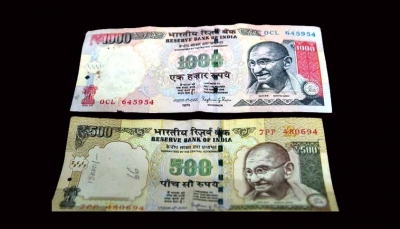 Until the 1960s, all banks except the State Bank of India remained under the ownership and management of private persons. By then, banks had become an important tool for the development of economy.
Until the 1960s, all banks except the State Bank of India remained under the ownership and management of private persons. By then, banks had become an important tool for the development of economy.
In a sudden and unexpected move that marked a major change in our history, the then Prime Minister Indira Gandhi announced the nationalization of 14 commercial banks with effect from the midnight of July 19th, 1969. These were the banks that managed around 85 per cent of the country’s deposits.
One of the biggest changes caused by nationalization was equipping banks to work for social welfare. Sensitive sectors like agriculture and rural industries were greatly benefitted by the move.
Nationalization helped improve the public’s confidence in banking. Altogether nationalization strengthened India’s banking network.
The second phase of nationalization took place in 1980, when six more commercial banks were nationalized.


 In its literal sense, ‘liberalization’ means relaxation of restrictions or regulations. It was a policy adopted in our country almost two decades ago. It was introduced in the 1990s in our banking sector too. Manmohan Singh was the finance minister then. So, what exactly did this process mean?
In its literal sense, ‘liberalization’ means relaxation of restrictions or regulations. It was a policy adopted in our country almost two decades ago. It was introduced in the 1990s in our banking sector too. Manmohan Singh was the finance minister then. So, what exactly did this process mean?
 Negotiable instruments are those that can be converted into liquid cash under certain conditions like that of a cheque.
Negotiable instruments are those that can be converted into liquid cash under certain conditions like that of a cheque. This concept surely seems familiar to all of us, as it is now filling newspapers and newsrooms across the country.
This concept surely seems familiar to all of us, as it is now filling newspapers and newsrooms across the country.


 Australia is a country that once successfully demonetized its currency. In 1996, the country replaced its banknotes with their plastic or polymer equivalents. The move was intended to fight financial malpractices that were growing rampant.
Australia is a country that once successfully demonetized its currency. In 1996, the country replaced its banknotes with their plastic or polymer equivalents. The move was intended to fight financial malpractices that were growing rampant.




 The most important argument in support of demonetization is that the process will help curb financial malpractices in the country.
The most important argument in support of demonetization is that the process will help curb financial malpractices in the country.